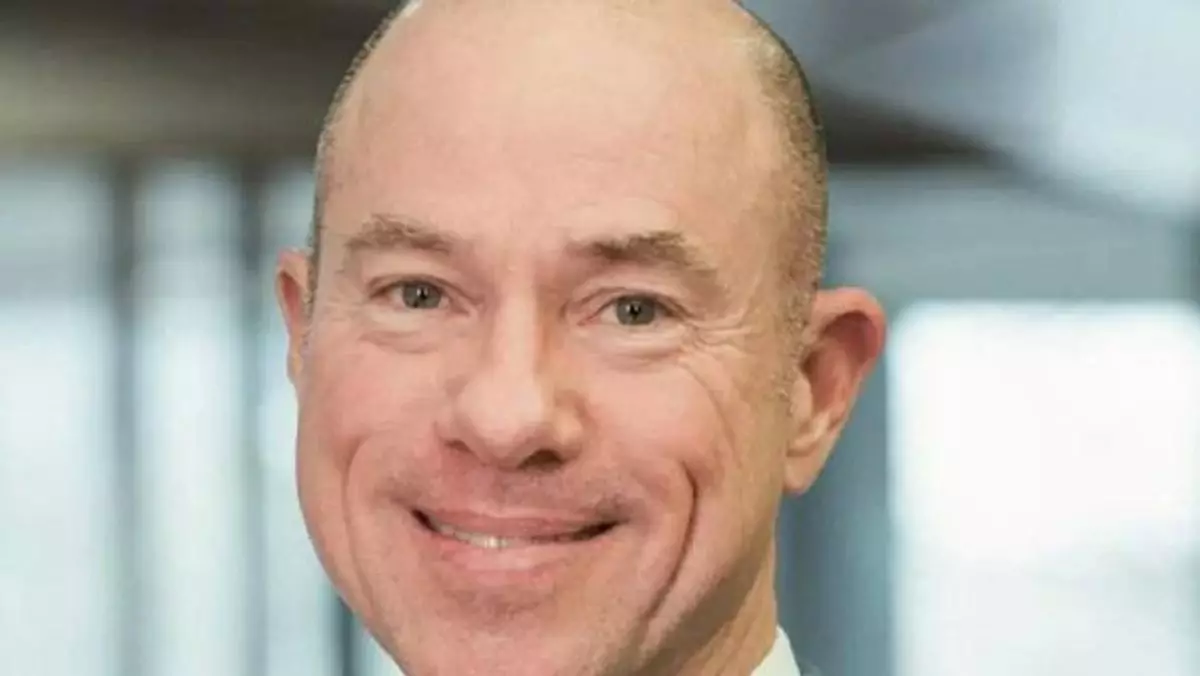The recent Senate confirmation of Bryan Bedford as the Federal Aviation Administration (FAA) administrator marks a significant milestone in America’s aviation landscape. This decision does not merely reflect his extensive experience but signifies a strategic shift towards innovation and safety priorities in an industry under constant evolution. Bedford’s appointment, heavily influenced by political ideologies, underscores the tension between traditional standards and progressive reform in the realm of commercial air travel. While his background as head of Republic Airways underscores his operational expertise, the controversy surrounding his stance on pilot training regulations adds layers of complexity to his leadership potential.
Balancing Safety and Innovation
At the heart of Bedford’s nomination lies a debate that encapsulates the industry’s future direction: How best to prepare pilots for increasingly sophisticated aircraft while maintaining stringent safety standards? Bedford’s advocacy for alternative pilot training pathways reveals his commitment to accommodating innovations like the Lift pilot academy, which aims to streamline pilot development and reduce costs. However, critics argue that these innovations threaten safety if they circumvent established requirements such as the 1,500-hour pilot experience rule. This contentious issue highlights the broader dilemma of how regulation adapts—or resists adaptation—in response to technological advances and alternative educational models.
Political Underpinnings and Industry Implications
The partisan divide evident in Bedford’s confirmation vote exposes the deep-rooted ideological battles shaping aviation policy. The unanimous Republican support, paired with Democratic opposition, primarily centers around safety regulations that many Democrats see as vital safeguards. Bedford’s previous defense of lifting pilot experience requirements raises questions about his commitment to risk management. Yet, his supporters argue that fostering innovation is essential for industry growth, especially amid staffing challenges and technological shifts. His appointment signals a nuanced approach—some hope it will catalyze regulatory reform, while others fear it might undermine long-standing safety protocols.
Potential Impact on U.S. Aviation Standards
Bedford’s tenure will undoubtedly influence how the FAA approaches pilot training and certification in the coming years. His background suggests he may push for more flexible, tailored pathways to pilot certification, challenging the strict 1,500-hour rule that has been part of FAA policy since 2013. If successful, such a shift could expedite pilot onboarding and address staffing shortages, but it also risks jeopardizing safety margins. The industry and regulatory community will closely monitor his actions, wary of any moves that could compromise safety for expediency.
Whispers of Change in a Historically Conservative Agency
Bedford’s appointment hints at a broader transformation within the FAA—one that favors innovation-driven reforms over conventional caution. While resistance to change remains formidable, his prominence could catalyze conversations about modernizing pilot training and certification standards. Whether he can reconcile perceived safety concerns with the need for reform remains to be seen, but this moment signifies a critical juncture in reimagining what a resilient, future-ready U.S. aviation industry should look like.
As Bedford steps into this pivotal role, his actions and decisions will resonate far beyond politics—potentially shaping the safety framework and operational standards of American aviation for decades to come.


Leave a Reply